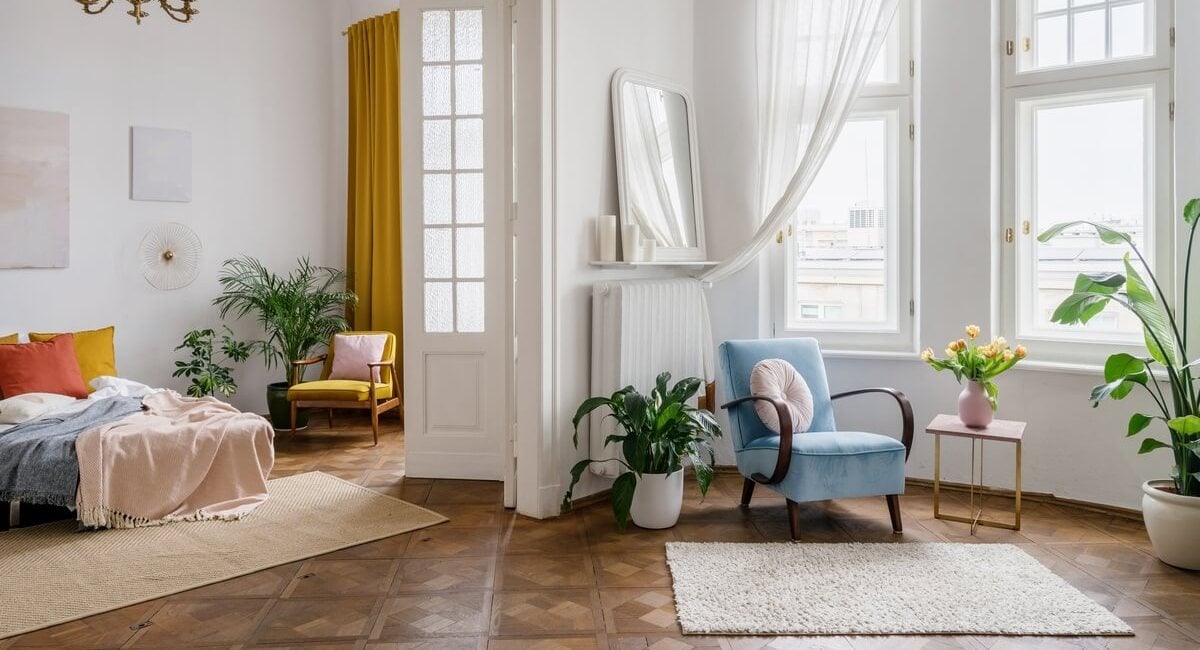Interior design is a broad field with a lot of terminology. If you’re not an interior design expert, you might be unsure of how to describe the styles, colors, and themes you like. Learning the most common interior design terms can help you better communicate if you’re planning to buy a house or renovate your current home. The following are some of the most important interior design terms to know:
Accent wall: An accent wall is one wall that is painted or designed differently from the rest of the walls in the room. This is often done by painting one wall a bolder or brighter color or by applying wallpaper to only one wall.
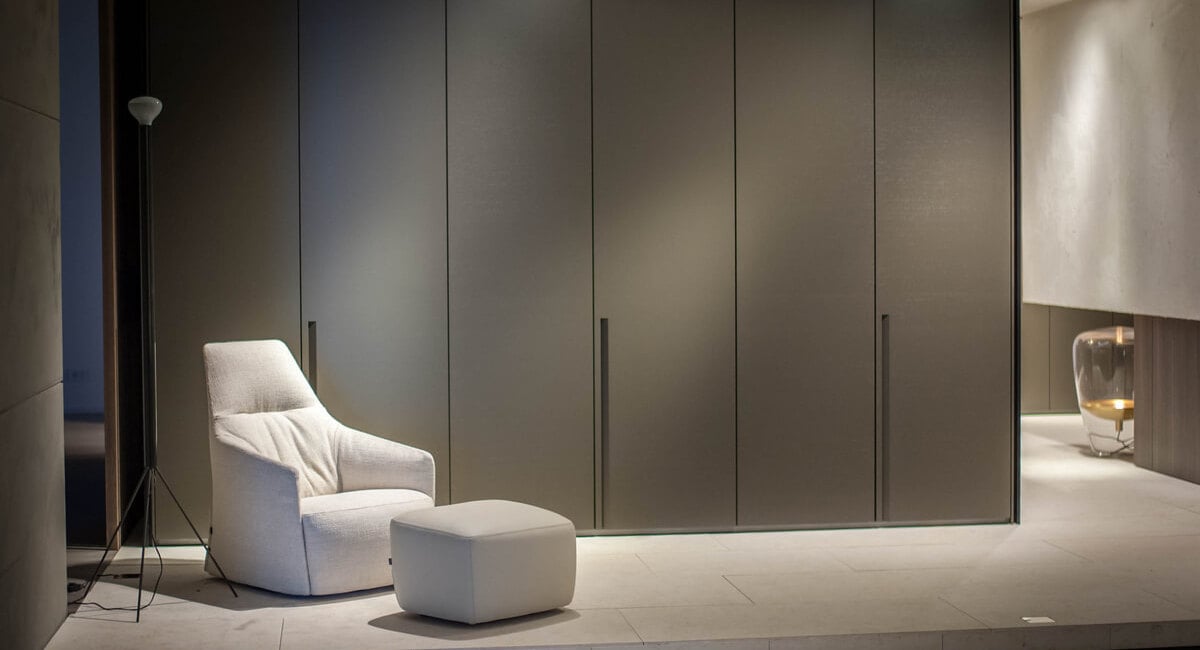
Ambient lighting: Ambient lighting is soft, diffused lighting that fills the entire room. Floor lamps, wall sconces, and pendant lights are all popular options for achieving ambient lighting.
Art Deco: This is a style of visual art and design that originated in the 1910s and rose in popularity during the 1920s and 1930s. The style features bold colors, metallics, clean lines, and geometric designs.
Backsplash: A backsplash is an extension of the countertop in a kitchen or bathroom and usually covers the wall between the counter and cabinets. Backsplashes come in a variety of materials, including ceramic, glass, porcelain, and stone, and they can take on virtually limitless patterns and designs.
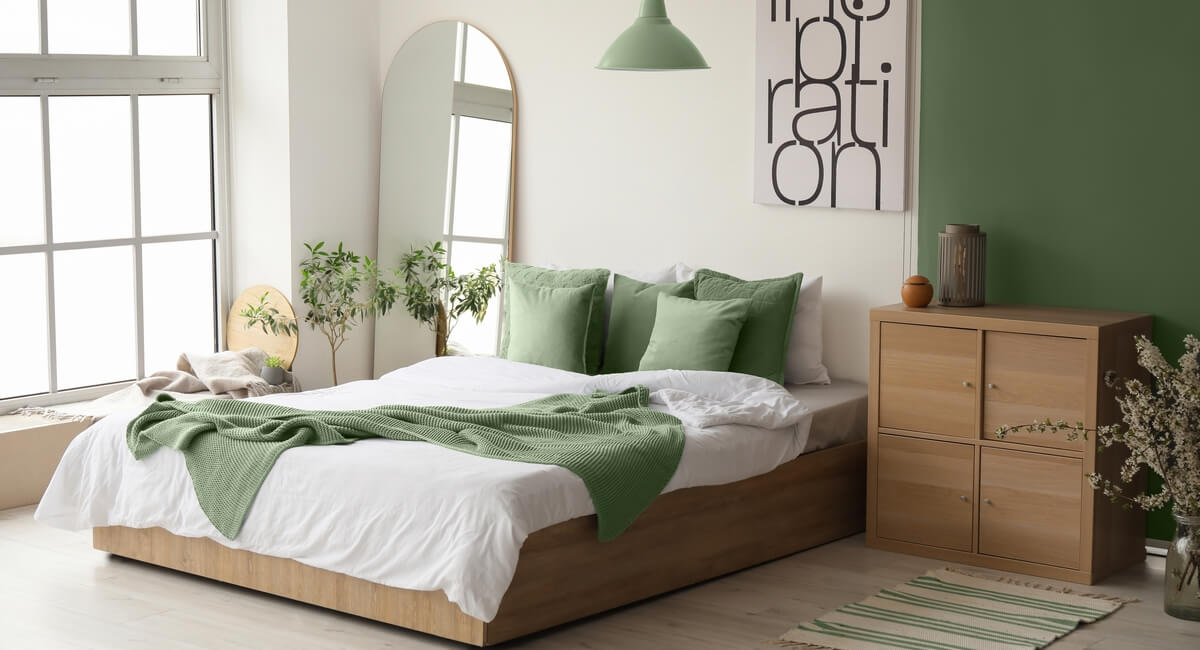
Complementary colors: Complementary colors are on opposite sides of the color wheel. Red and green, yellow and purple, and blue and orange are complementary to one another. Complementary colors in interior design create a strong contrast, which can be visually interesting.
Contrast: In interior design, contrast is the placement of two opposing elements in the same space, which can create more depth and visual interest. You can achieve contrast with colors, textures, shapes, or lines.
Cornice: A cornice, also known as crown molding, is the decorative molding at the top of a wall just below the ceiling. It can add more texture to a room and can be used to conceal imperfections in the wall and ceiling junction.
Eclectic: Eclectic design includes a wide variety of different styles, time periods, textures, and colors. The result is a unique, exciting room with lots of layers.

Feng shui: Feng shui is an ancient Chinese design concept that focuses on achieving balance and harmony in your living space. The way you arrange your furniture and belongings can affect the way energy flows through your home, and feng shui design embraces specific rules and principles that help you find harmony with your surroundings.
Finish: This includes any coatings or materials applied to the surfaces in a room to give them a certain aesthetic. Wallpaper, tile, wainscoting, and paneling are all types of finishes in interior design.
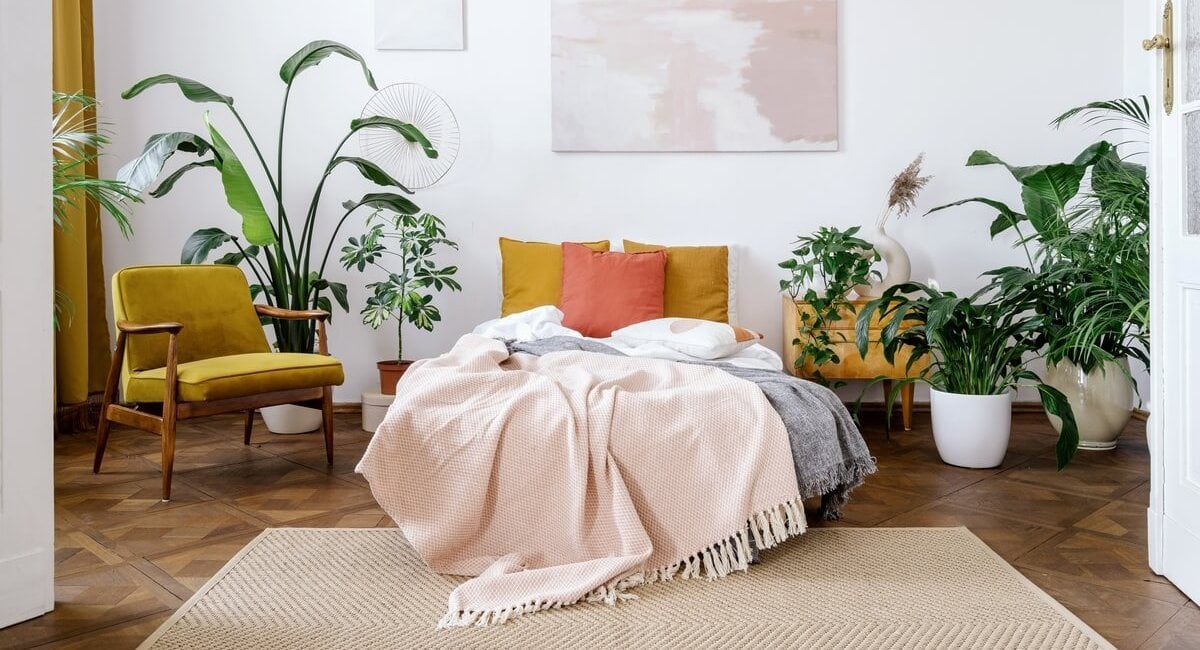
Focal point: The focal point of a room is the one element that immediately draws your eye. This can be an accent wall, a unique furniture item, or a large piece of artwork.
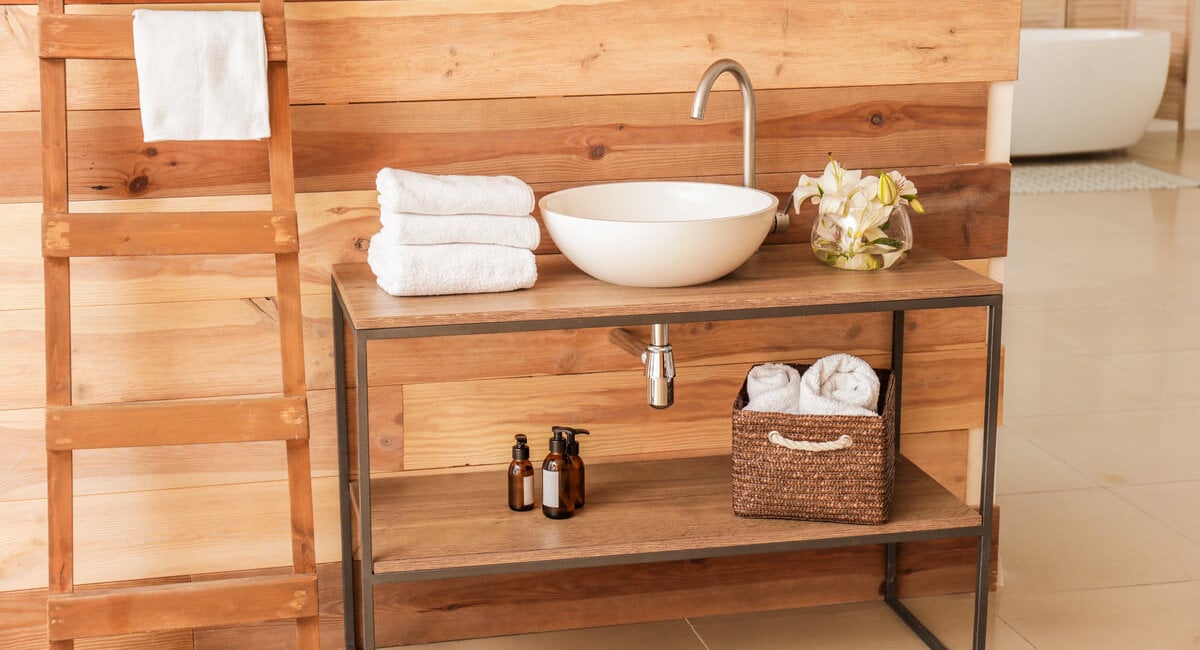
Hygge: This is a Scandinavian design style that emphasizes peace, warmth, and comfort. You might see soft lines and textures, plenty of natural light, and a neutral color scheme.
Mid-century modern: Mid-century modern is a popular design style that originated in the 1950s. It’s characterized by simple lines, open spaces, big windows, and bold accent colors.
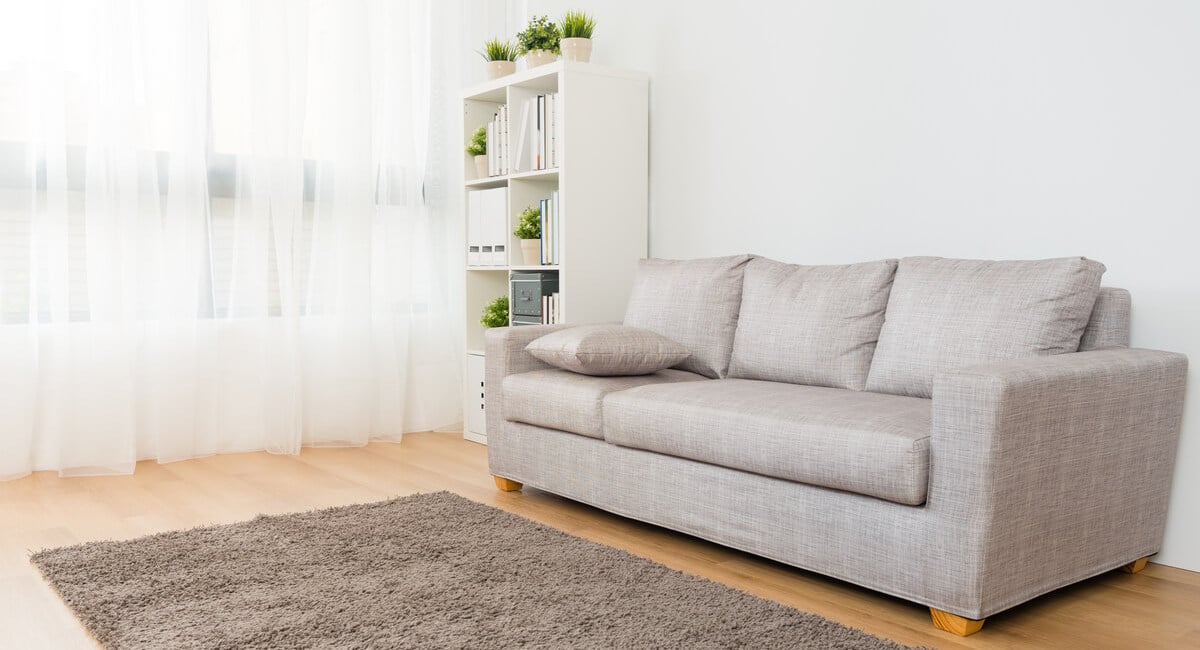
Minimalism: A minimalist style is simple, clean, and functional. If you embrace minimalism in your home, you might have a neutral color scheme, lots of open space, and few decorations.
Mood board: A mood board is a collection of colors, pictures, or materials that help you envision the style you want to achieve in your home. Designers often use mood boards to create and share their vision for a project.
Monochromatic: This is a color scheme that uses various shades of a single color. Rooms with a monochromatic design often look simple but clean and visually pleasing.
Modular: Modular design focuses on flexibility and functionality. A room with a modular design has many individual, standardized components that can be rearranged in a variety of ways. For example, a modular sofa is made up of several pieces that can be separated or combined together in different configurations.
Ombre: This is the blending of colors from light to dark or from one hue to another. An ombre design can be used in wall paint, carpets, curtains, and decor pieces.
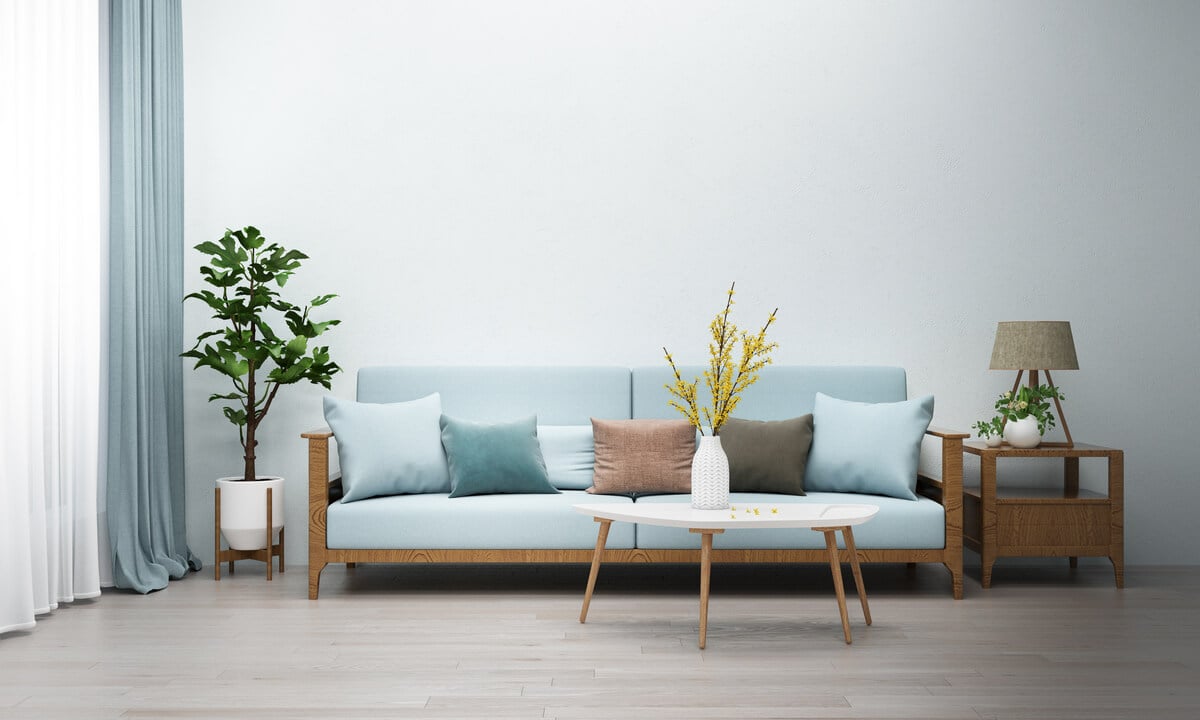
Palette: A palette is a collection of colors that create the foundation for your interior design. The colors in a palette usually complement one another and work together to create a unified, cohesive look for the room.
Parquet: Parquet flooring is made up of small wooden panels that form interesting geometric patterns. This style of flooring is highly customizable and can create more visual depth in your home.
Saturation: Saturation refers to the intensity of a color. A highly saturated color will look bold and vibrant, and a less saturated color will look muted.
Scale: Scale is the size of objects related to the space they occupy and the other items in the room. Considering scale when choosing furniture and decor will help to create balance and harmony in the space.
Timeless: A timeless style avoids the current fleeting trends so that it lasts a lifetime. The design and decor in a timeless home feel classic and elegant, and they never go out of style.
Upholstery: Upholstery is the fabric covering on furniture. If you like the shape, size, and function of a piece of furniture but don’t like the color or material, you could reupholster it to give it new life.

Vignette: In interior design, a vignette is a small collection of decorations or other items that make a personal statement. Creating a vignette is an opportunity for you to showcase your personality or display the things that are most important to you.
Wainscoting: Wainscoting is a system of wood panels or molding on the lower half of a wall. This protects your wall from scuffs and scratches, and it can create a beautiful and cozy aesthetic.
Whimsical: Whimsical interior design is eccentric, quirky, and unique. It doesn’t take itself seriously and may even have a childlike quality.
Understanding these interior design terms can help you identify and express your ideas for your own home. Whether you’re planning to buy a house or you simply want to spruce up the design in your current home, you can use these terms to guide your process. When you’re familiar with the most common styles, themes, and color schemes, you’ll feel more confident in your ability to achieve the look you want in your home.





